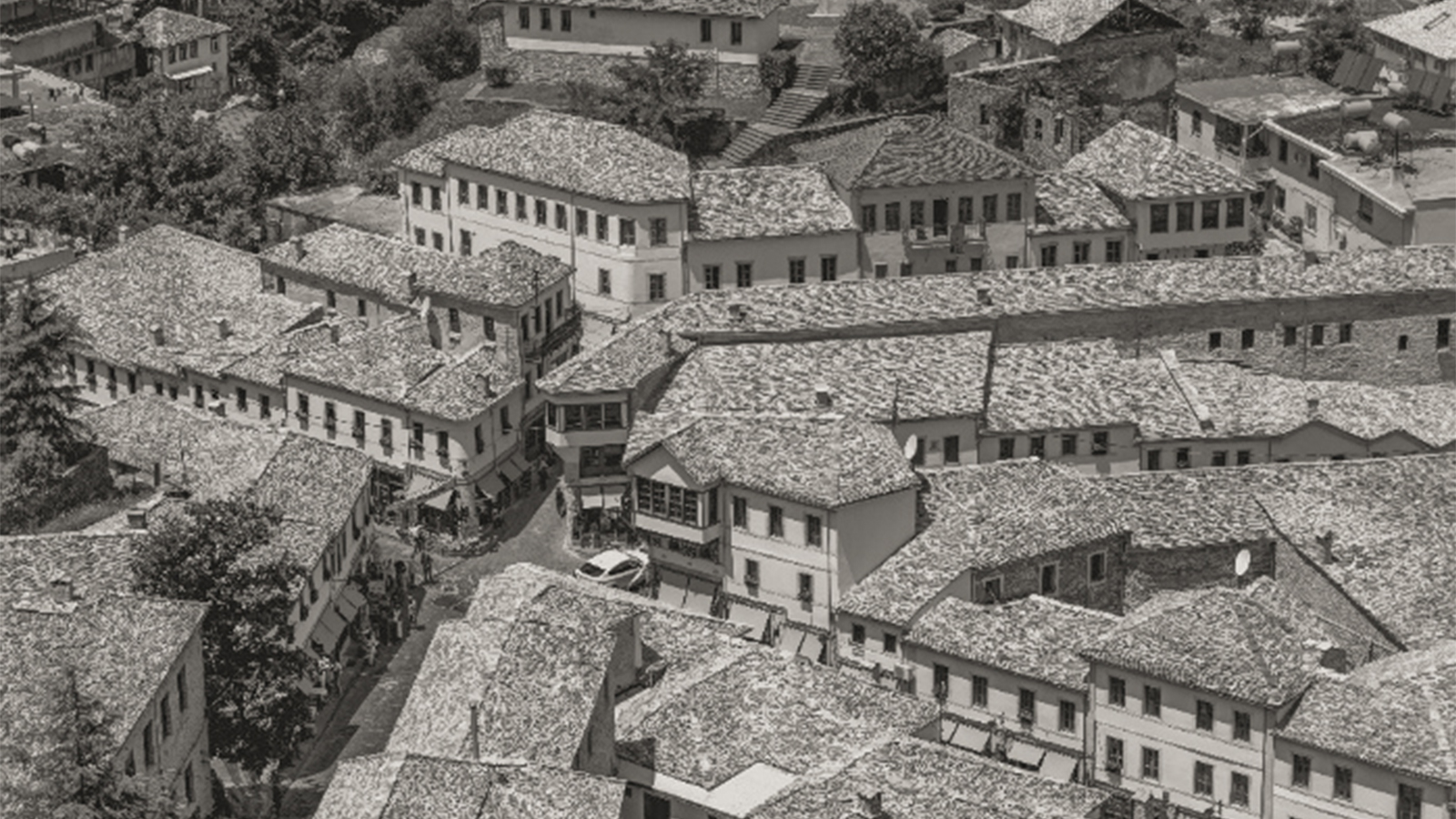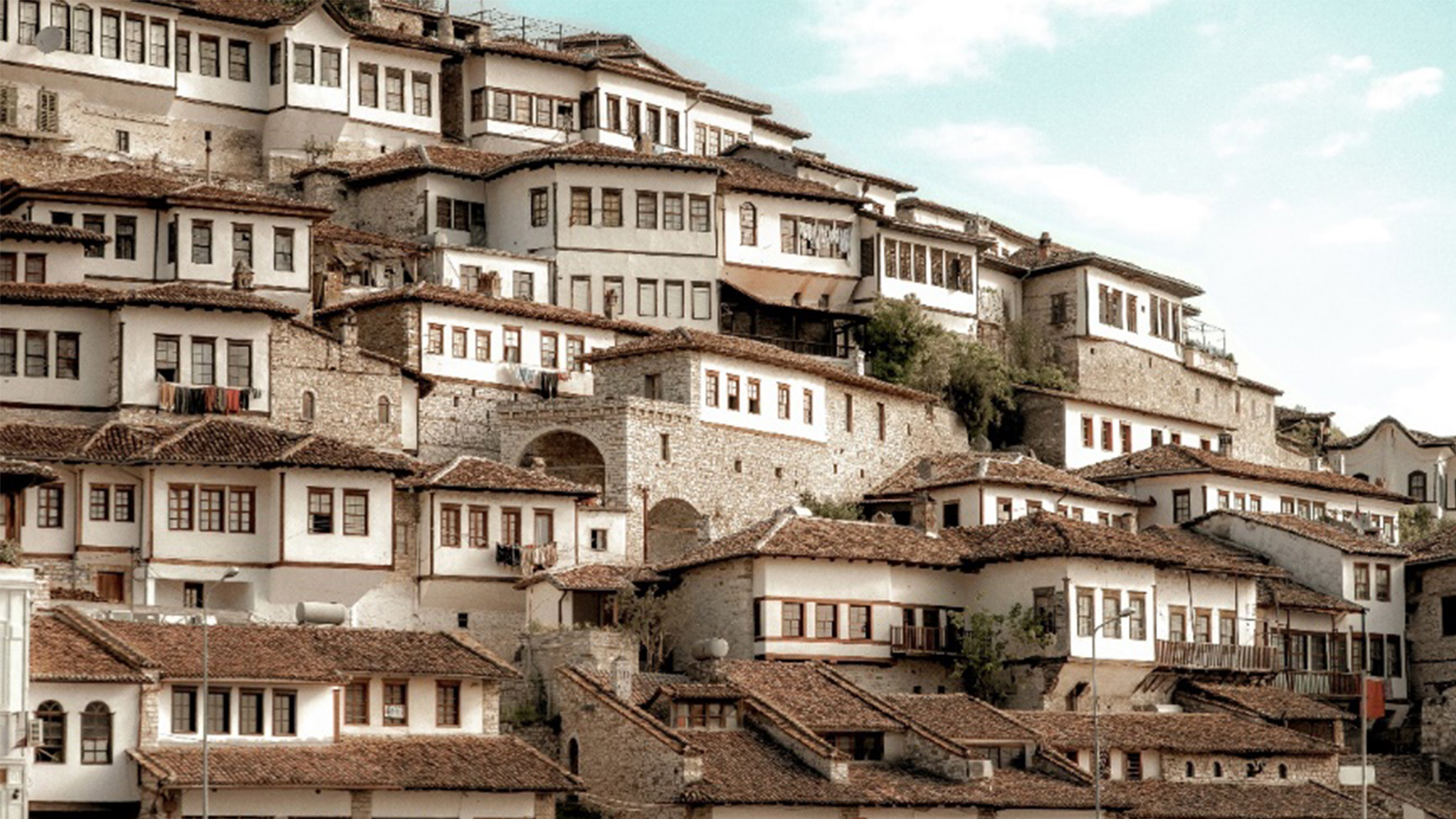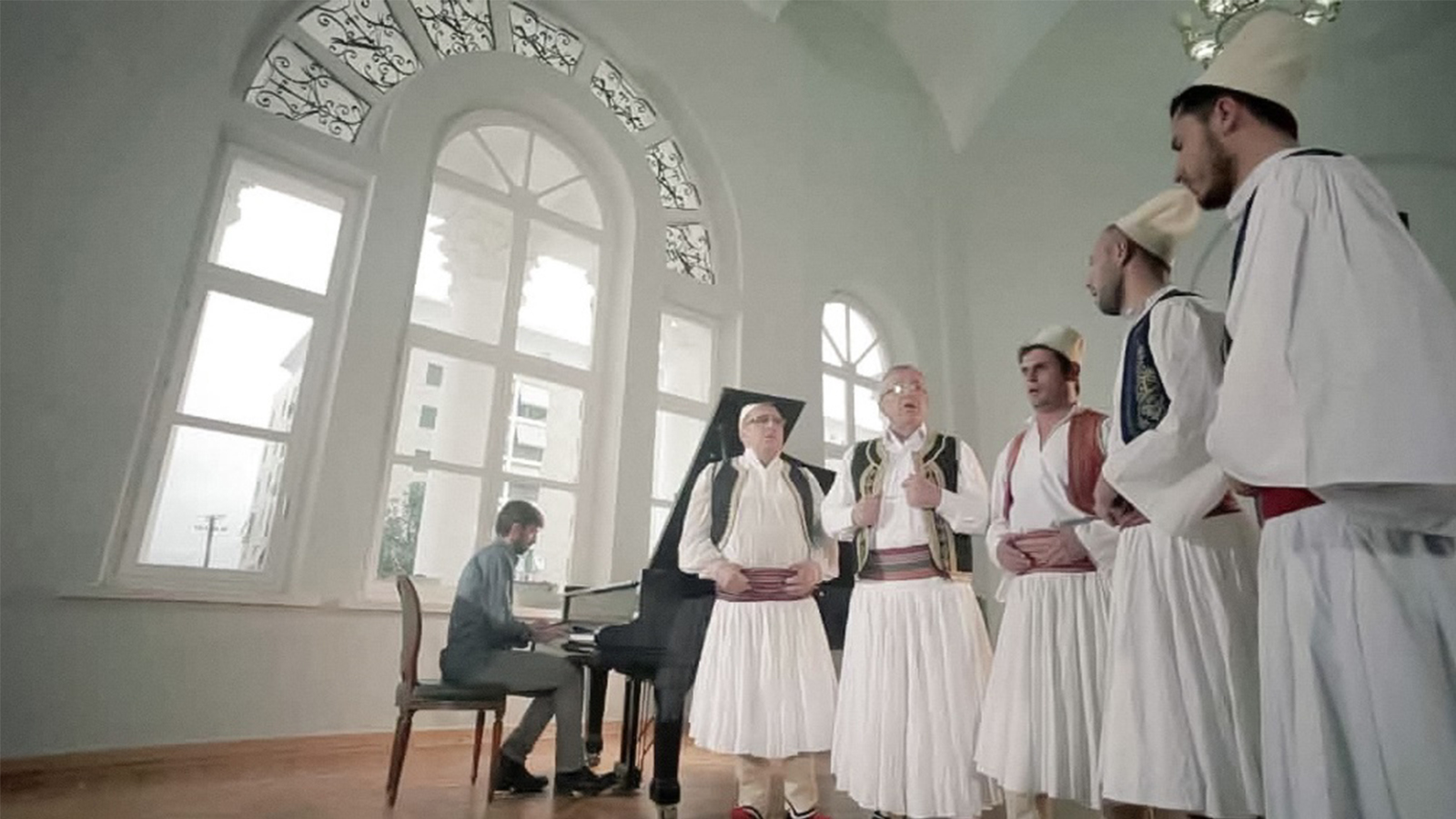Mediterranean
The Mediterranean has awakened interest and passion, qualities that define an idea, a manner, a world. The geographical location, the Mediterranean climate, and the constantly shifting scenery at all seasons provide tourists with the opportunity to experience every day of the year, always providing its full potential. The sandy and pebbly beaches, and the multitude of mountains covered in green, are Albania’s welcoming invitation and a guide to the alpine heights. Anyone who visits, can see and experience history, the past, cultures, and traditions all at once.
Albania
The Mediterranean has awakened interest and passion, qualities that define an idea, a manner, a world. The geographical location, the Mediterranean climate, and the constantly shifting scenery at all seasons provide tourists with the opportunity to experience every day of the year, always providing its full potential. The sandy and pebbly beaches, and the multitude of mountains covered in green, are Albania’s welcoming invitation and a guide to the alpine heights. Anyone who visits, can see and experience history, the past, cultures, and traditions all at once.


Unique
Palasa
Palasa offers a new and unique view of touristic spots, with an ideal location where you can start a journey discovering a 450 km long coastline and over 120 beaches in Albania. The Delta of Palasa, located near one of the region’s most distinctive landmarks, is also known as the site where the sea and mountains blend to make the region’s most magical coast. Palasa has a history that extends over a thousand years BC. In 48 B.C, Julius Caesar, while in pursuit of Pompey, docked his ship and allowed his legion to rest in Palasa. This event has led to the local coastline being known as Caesar Beach. Along the southern coast, Palasa is the first point of touch with the Albanian Mediterranean, where you can experience every dimension of nature and life.
Butrint National Park
No local or foreign visitor can escape the enchantment of the beauty and tranquility offered by the Butrint National Park, located 20 km away from Saranda, where unspoiled nature surrounds its ancient ruins like a shield. It is a unique combination of archaeology and environment. Its old city is an architectural complex with 15 zones dating from the fourth century BC to the sixteenth century AD. It’s a UNESCO World Heritage Site and one of Albania’s most important archaeological, environmental, tourist, and historical-cultural heritage areas.


Gjirokastra Museum City
Transformed into a tourist attraction by the Albanian state in 1961 and listed as a UNESCO World Heritage Site in 2005, Gjirokastra is situated on such a steep hill. According to Kadare, “this is the only place in the world where if a person fell off the side of the road, instead of falling into a ditch, they would fall onto the roof of another house.” With its stunning panoramic view of the Drino Valley, Gjirokastra’s narrow streets serve as a testament to life in the 14th to 19th centuries.
Berat Museum City
Declared a museum city in 1961 and one of the UNESCO World Heritage sites in 2008, Berat and its numerous monuments are a living testimony of Albania’s unique artistic, cultural and historical heritage. Berat is well known for its fortress with 17 churches, for hundred-year-old mosques, museums and painted collections of frescoes.


Iso Polyphony
Since 2005, “Albanian folk iso-polyphony” has been added to UNESCO’s list of “Masterpieces of the Oral and Intangible Heritage of Humanity” as a unique heritage that cannot be found anywhere else in the world. Polyphony, the spirit of a distinct personality and spiritual wealth, remains an unfathomable rainbow.
Albanian Xhubleta
The Xhubleta is a handwoven garment worn by women and girls in northern Albania that is distinguished by its wavy bell-shaped form. It was recently designated as a UNESCO World Heritage Site. The preparation of the cloth, cutting, sewing, and embroidery of symbolic symbols are all part of the process, which is mostly black with rainbow embroidered designs.


Village of Dhërmi
Village of Dhërmi lies at the end of a more than five-kilometre-long beach, which ends with a hill where the monastery of Saint Theodhor rises. The village of Dhërmi has three main neighbourhoods and is one of the most visited destinations in the southern part of the country.
The Pirate’s Cave
The Pirate’s Cave is located near the beaches of Dhërmi, on a very rugged rocky coast that falls perpendicularly to the sea and is very close to the Monastery of Saint Theodhor, which further enriches the geography and history of this attractive part of the Albanian coast.


Ali Pasha’s Castle of Porto Palermo
Ali Pasha’s Castle of Porto Palermo is located near the village of Qeparo. Located in the tectonic bay of Porto Palermo (known in the old days as Panorma Bay), the small pentagon-shaped castle was built in honour of Ali Pasha’s wife, Vasiliqia. The castle has served for a long time as an observation and control point of territorial waters, and it is located on one of the most stunning coasts of the Ionian Sea.
Lëkurësi Castle
Lëkurësi Castle is located 2 km south of Saranda. It has a quadrangular shape, equipped with towers at each corner. It was built in 1537 under the order of Sultan Suleiman the Magnificent, during the siege of Corfu and is situated at the highest point of the city. It has an outstanding scenic view which attracts local and foreign guests.


Gastronomy
The Albanian cuisine has all the features of a distinguishing Mediterranean cuisine, where some of the basic products are fruits, vegetables, fish, meat, olive oil, dairy, wheat, etc.
WHY TO INVEST IN ALBANIA!
EU INTEGRATION:
Albania’s aspirations to join the European Union can potentially have a positive impact on the real estate sector. EU membership could attract more foreign investment, stimulate economic growth, and increase property values over the long term.
STRATEGIC LOCATION:
Albania is situated in a geographically advantageous location, with access to major markets in Europe and the Balkans. Its proximity to the European Union (EU) provides potential opportunities in different industries.
ECONOMIC GROWTH:
Albania has experienced steady economic growth in recent years, with a positive trend in GDP growth.
INFRASTRUCTURE DEVELOPMENT:
Improved infrastructure enhances connectivity and accessibility, which can positively impact the value and demand for real estate in various locations like Vlora International Airport and Llogara Tunnel, Vlora bypass, Saranda – Himara road, Fier bypass, Kukes International Airport, Tirana-Durres Pristina railway.
TOURISM BOOM:
Albania has experienced a significant rise in tourism, with an increasing number of visitors exploring the country’s beautiful coastline, historical sites, and natural landscapes. This growth in tourism creates opportunities for investing in vacation rentals, hotels, or other tourist-oriented properties. Recently, Albania has been regarded as an intriguing potential for international 5* hotel brands.
AFFORDABILITY:
Compared to many other European countries, the cost of living and real estate prices in Albania are relatively affordable. This presents an opportunity for individuals looking to invest in properties at a lower cost compared to other markets. The property taxes are among the lowest in the EU and the region with no additional fees on second or vacation homes.
RENTAL INCOME POTENTIAL:
With the increasing demand for housing and office spaces, renting out properties can generate a steady stream of income. The increasing trend in property value based on recorded experience by real estate and the tourism sectors, Albania’s property prices are increasing. This fact and the incredible development that the area is encountering ensure a quick return on investment.



